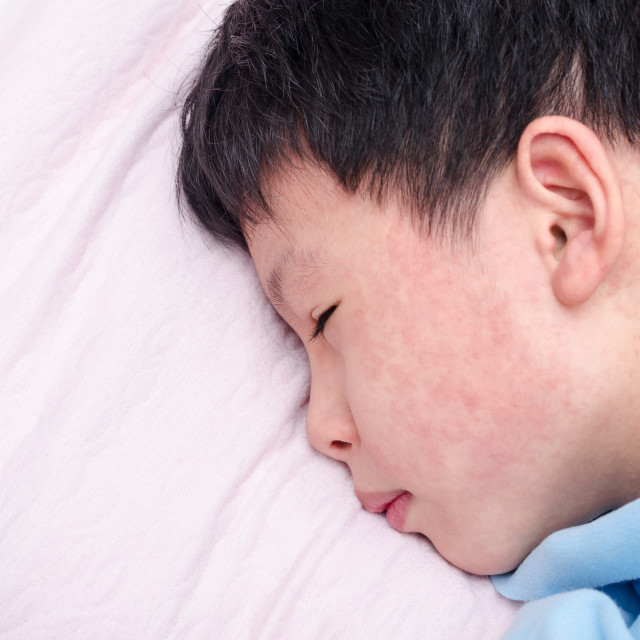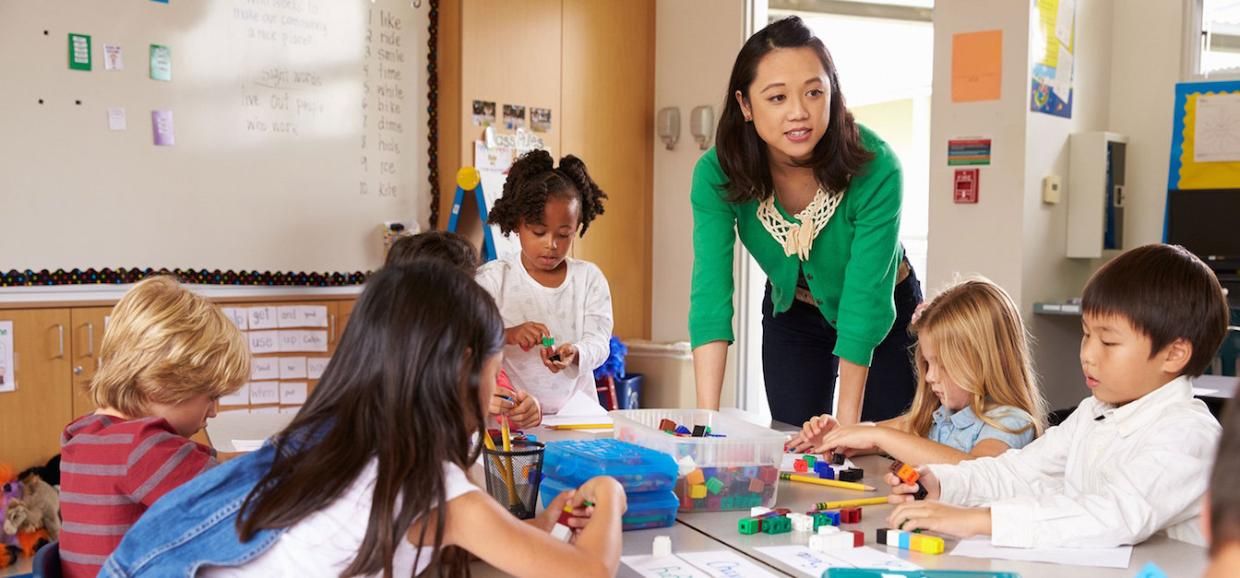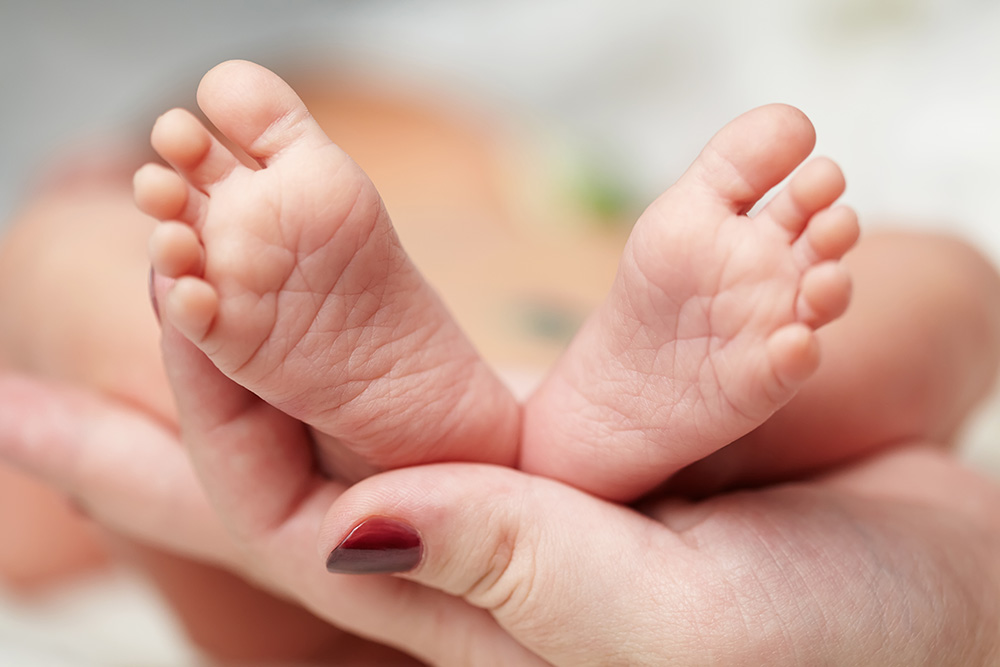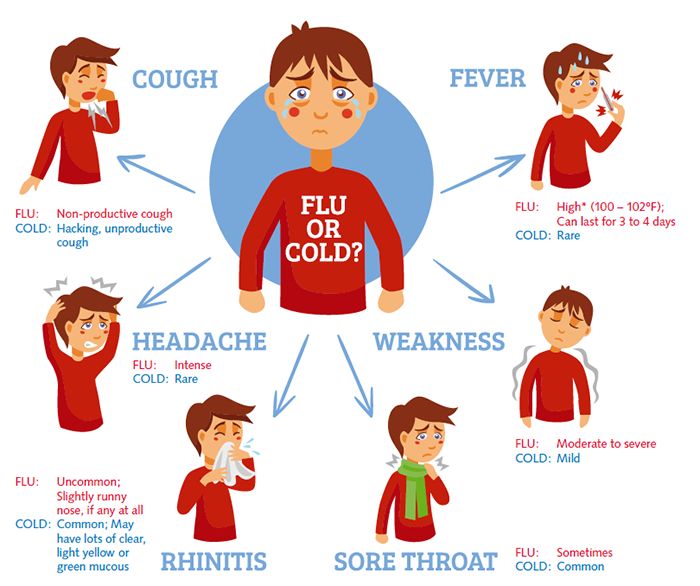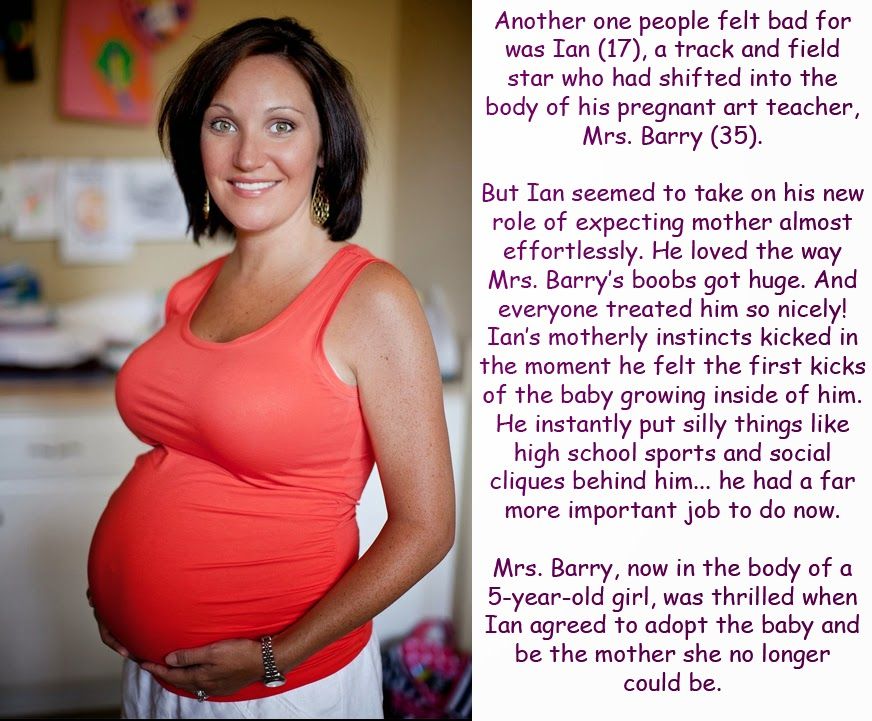First three months of baby
1-3 Months Old Baby Development
Have you noticed how your baby’s tiny fingers curl around yours or close into fists? Or how your little one startles at a loud noise? Your baby was born with these and other reflexes, which will get less noticeable as your baby hits their 1-3 month milestone.
Doctors use milestones to tell if a baby is developing as expected. There’s a wide range of what’s considered normal, so some babies gain skills earlier or later than others. Babies who were born prematurely may reach milestones later. Always talk with your doctor about your baby’s progress.
How Much Will My 1- to 3-Month-Old Grow?
While all babies may grow at a different rate, the following indicates the average for boys and girls 1 to 3 months of age:
- Weight: average gain of about 1.5 to 2 pounds each month
- Height: average growth of about 1 inch each month
- Head size: average growth of about 0.5 inches each month
Your baby can go through periods of increased hunger and fussiness. This increase in hunger means your baby is going through a period of fast growth (a growth spurt). If you breastfeed, you might find your baby wants to eat more often during certain times of the day, and sometimes, every hour. This is called “cluster feeding.” Formula-fed babies may want to eat more often or will drink more formula than usual during feedings.
As your baby reaches 1 to 3 months, you’ll start to learn the signs that tell you that your baby is hungry or when your baby is full. You will know your baby is hungry when they seem restless, cry a lot, stick out their tongue or suck on their hands and lips. You will know your baby is full when they are no longer interested in feeding or falls asleep at the end of a feeding session. Remember, babies’ tummies are very small, and they need to be burped after feedings to release gas that can cause discomfort.
During your 1 to 3 month checkups, the doctor will measure your baby’s weight, length and head circumference and track their growth on a standardized growth chart.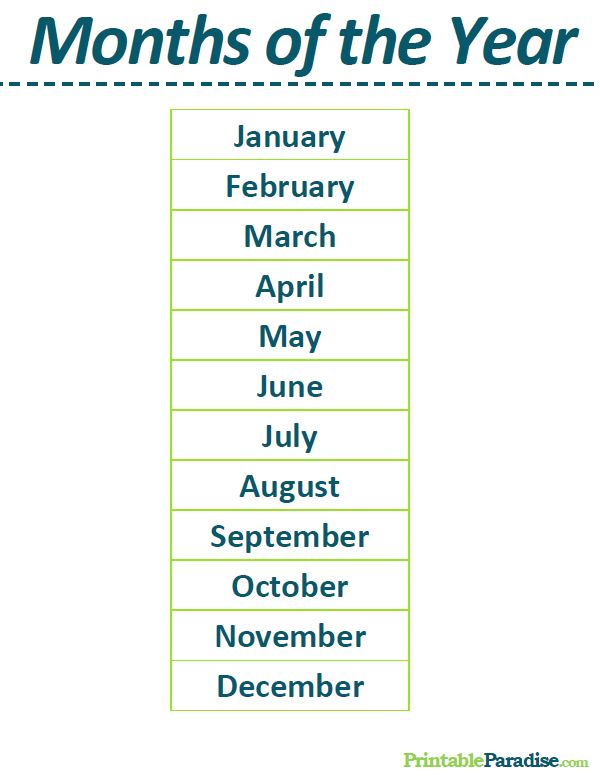 Note, there are different charts for boys and girls. Your baby might be large, small or medium-sized compared to the growth chart. As long as this growth pattern stays consistent over time, chances are your baby’s progress will be just fine.
Note, there are different charts for boys and girls. Your baby might be large, small or medium-sized compared to the growth chart. As long as this growth pattern stays consistent over time, chances are your baby’s progress will be just fine.
If your baby is born prematurely, keep in mind that growth and development should not be compared with that of a full-term child. Preemies will need to be followed more closely and may need to be weighed more often during the first months to make sure they are growing properly.
What Can My 1 to 3-Month-Old Baby Do at This Age?
As your baby begins to grow, you will notice new and exciting abilities that develop. Babies at this age begin to relax the tight muscle tone of newborns and begin extending their arms and legs more. While babies may progress at different rates, the following are some of the common milestones your baby may reach in this age group:
- Some of the newborn protective reflexes begin to disappear
- Neck muscles become stronger, head bobs then is held erect
- Turns head from side to side when placed on abdomen
- Brings hands or objects to mouth
- Looks at hands
- Follows light, faces, objects
- Listens to sounds
- Opens and closes hands
- Holds, then drops a rattle or other object
- Active leg movements
At the end of 3 months:
- Raises head and chest when placed on abdomen
- Beginning to reach hands to objects, may bat at hanging object with hands
What Can My 1- to 3-Month-Old Baby Say?
It is very exciting for parents to watch their babies become social beings that can interact with others.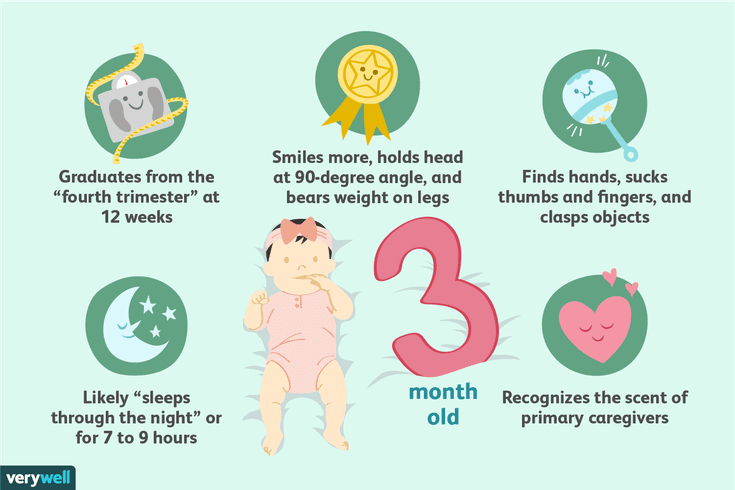 While every baby develops speech at their own rate, the following are some of the common milestones in this age group:
While every baby develops speech at their own rate, the following are some of the common milestones in this age group:
- Begins to imitate some sounds (coos, vowel sounds)
- Cries become more purposeful and are different for hunger, fatigue and other needs
What Does My 1- to 3-Month-Old Baby Understand?
A baby’s understanding and awareness of the world around them increases during this time. While babies may progress at different rates, the following are some of the common milestones in this age group:
- Knows familiar voices, especially of their parents
- Smiles in response to others
- Responds to social contact, may coo
- Moves arms, legs, body in rhythm with other’s voice
What Can My 1- to 3-Month-Old Baby See?
Babies at this age can focus on shapes that are close by but see distant objects as blurry because they are nearsighted. As babies grow, their eyesight improves. By the end of 3 months, they can follow a moving object, are more interested in shapes and patterns and can spot familiar faces, even at a distance.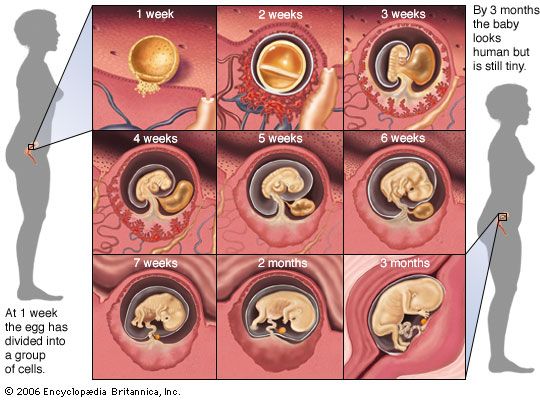 Human faces are one of their favorite things to look at, especially their own face or a parent’s face. Installing a baby-safe crib mirror at your baby’s eye level can be great for development at this age.
Human faces are one of their favorite things to look at, especially their own face or a parent’s face. Installing a baby-safe crib mirror at your baby’s eye level can be great for development at this age.
Your baby’s color vision is also developing at 1 to 3 months, so brightly colored wall hangings or toys will help develop your little one’s ability to distinguish color. Soft pastel colors, though, are hard for a baby to distinguish — something to keep in mind when buying toys and books.
What Can My 1- to 3-Month-Old Baby Hear?
Your baby has been hearing sounds since way back in the womb. Mother’s heartbeat, the gurgles of her digestive system, and even the sounds of her voice and the voices of other family members are part of a baby’s world before birth.
Once your baby is born, the sounds of the outside world come in loud and clear. At 1 to 3 months, your baby may startle at the unexpected bark of a dog nearby or seem soothed by the gentle whirring of the clothes dryer or the hum of the vacuum cleaner.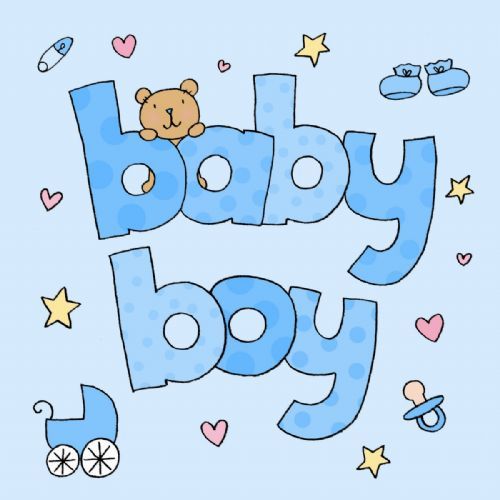
Your baby loves to hear your voice, so talk, babble, sing and coo away. Take special advantage of your baby’s own “talking” to have a conversation. If you hear your baby make a sound, repeat it and wait for them to make another. You are teaching your baby valuable lessons about tone, pacing and taking turns when talking to someone else.
Babies this age seem to respond best to a higher-pitched voice, which is why most people naturally raise the pitch of their voices and exaggerate their speech when talking to a baby. This is fine — studies have shown that “baby talk” doesn’t delay speech development. In fact, responding to your baby encourages speech. Feel free to mix in some regular adult words and tone with the baby talk. It may seem early, but you’re setting the stage for your baby’s first words.
Besides voices, your baby will probably enjoy listening to music (play a variety of styles) and may be fascinated by the routine sounds of life as well. Keep your baby nearby as you rattle pans while making dinner and let them sit in a baby seat within earshot of older siblings laughing and playing. Baby rattles, musical mobiles and toys are other good ways to stimulate your baby’s hearing.
Baby rattles, musical mobiles and toys are other good ways to stimulate your baby’s hearing.
Your newborn probably had a hearing screening before being released from the hospital. If not, or if your baby was born at home/a birthing center, it’s important to have a hearing screening as soon as possible. Most children who are born with a hearing loss can be diagnosed through a hearing screening.
How Long Should My 1- to 3-Month-Old Baby Sleep?
Just when you think that getting more shut-eye is a far-off dream, your baby will begin to sleep longer stretches at night. As a baby’s sleep cycle gets closer to yours, your baby may be feeding less often at night. At this stage, “sleeping through the night” is considered to be a stretch of about five to six hours.
Babies at this age are more awake, alert and aware of their surroundings during daylight hours, so they’re more likely to be tired at night and sleep. Infants up to 3 months old should get 14-17 hours of sleep over a 24-hour period.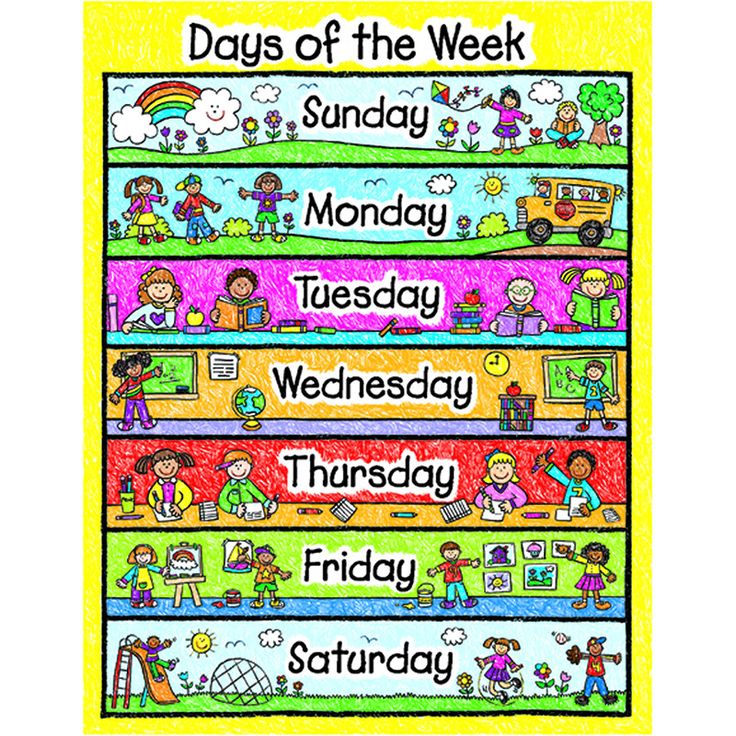 Many will have settled into a daily sleep routine of two or three naps during the day, followed by a longer “sleeping through the night” stretch after a late-night feeding.
Many will have settled into a daily sleep routine of two or three naps during the day, followed by a longer “sleeping through the night” stretch after a late-night feeding.
Check out our healthy sleep for babies to get more info.
How Can I Help Increase My 1- to 3-Month-Old Baby’s Development And Emotional Security?
Young babies need the security of a parent’s arms, and they understand the reassurance and comfort of your voice, tone and emotions. Consider the following as ways to foster emotional security of your newborn:
- Hold your baby face-to-face and make eye contact.
- Talk to your baby with a soothing, animated voice throughout the day while dressing, bathing, feeding or playing with your baby.
- Sing to your baby.
- Give your baby rattles and soft toys with different sounds.
- Let your baby hear different sounds (for example, wind chime, ticking clock, soft music or music box).
- Show your baby bright pictures of black and white images.
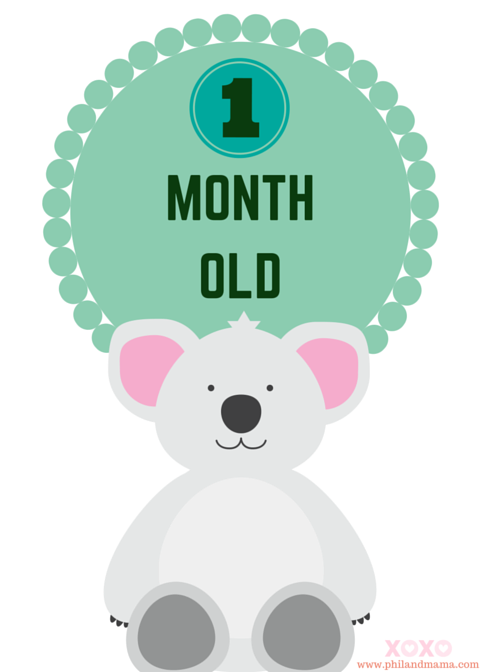
- Hang a mobile with bright objects above your baby.
- Call your baby by name.
- Hold your baby during feedings and provide comfort when he or she is distressed and cuddling when happy.
Reviewed by Dr. Vivi Tran, Los Alamitos Pediatrics, CHOC Primary Care – May 2021
Your baby’s development: 0-3 months | Baby & toddler articles & support
In the first three months, your baby will be growing and developing a lot. We look at what to expect at this age – from feeding to bath time to sleep.
This is the start of your new life as a parent. There’s so much to look forward to like their first smile but you’re bound to be feeling some nerves too.
The early days can be exciting, challenging and rewarding. We’re here to help support you through your first 1,000 days of being a parent. Read on to find out what you can expect in your baby’s development from birth to three months.
Development
As a new parent you of course want to make sure your baby is healthy and growing well.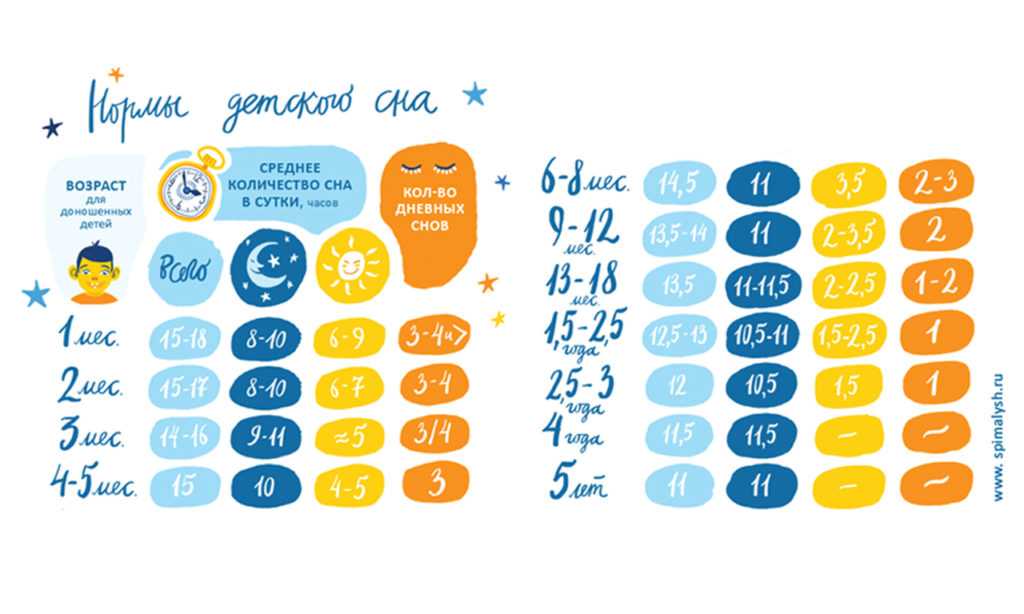 It’s normal for newborn babies to lose 6% to 7% of their body weight in the first two weeks after birth – so don’t worry (NHS Choices, 2017).
It’s normal for newborn babies to lose 6% to 7% of their body weight in the first two weeks after birth – so don’t worry (NHS Choices, 2017).
Every baby is unique. Some babies might eat and sleep more than anything else in the first few weeks. Others can be very awake and alert, and some can be very fussy and upset (St James Roberts, 2012).
Feeding
Whether you are breastfeeding your baby, formula feeding, or using a combination, one thing is certain. Feeding your baby will be one of your most time-consuming tasks at this age. Your baby will need to feed frequently around the clock.
If you feel unsure about how well your baby is feeding, the contents of your baby’s nappies are a good indication. If you have questions about feeding your baby, you can call the NCT support line on 0300 330 0771 (8am–10pm, seven days a week).
For the first six months of your baby’s life, they will get all the nutrients they need from breast milk or formula. Babies should only start on solids when they are six months old (NHS Choices, 2018).
Health
Your baby will have their first immunisations when they are eight weeks old (NHS Choices, 2016). They then get boosters at 12 weeks and 16 weeks. For more details read our immunisations schedule article.
Sleeping
All babies are different but at this age you can expect your baby to wake up during the night for feeds. Their tummy is still tiny, so they need to feed little and often.
Some parents find swaddling their newborn helps to settle them. Some evidence does support this practice (van Sleuwen et al, 2007).
Your baby’s sleeping patterns will change as they grow. Ask for help if you need it. It’s important you try to sleep or rest when you can, to help you cope with sleepless nights.
Crying
Newborn babies can cry a lot. It’s usually because they are hungry or tired but it can be hard to tell. When your baby starts crying, going through a checklist of likely causes can help you find out what’s wrong quickly.
Sometimes small babies suffer from colic – unexplained and excessive crying.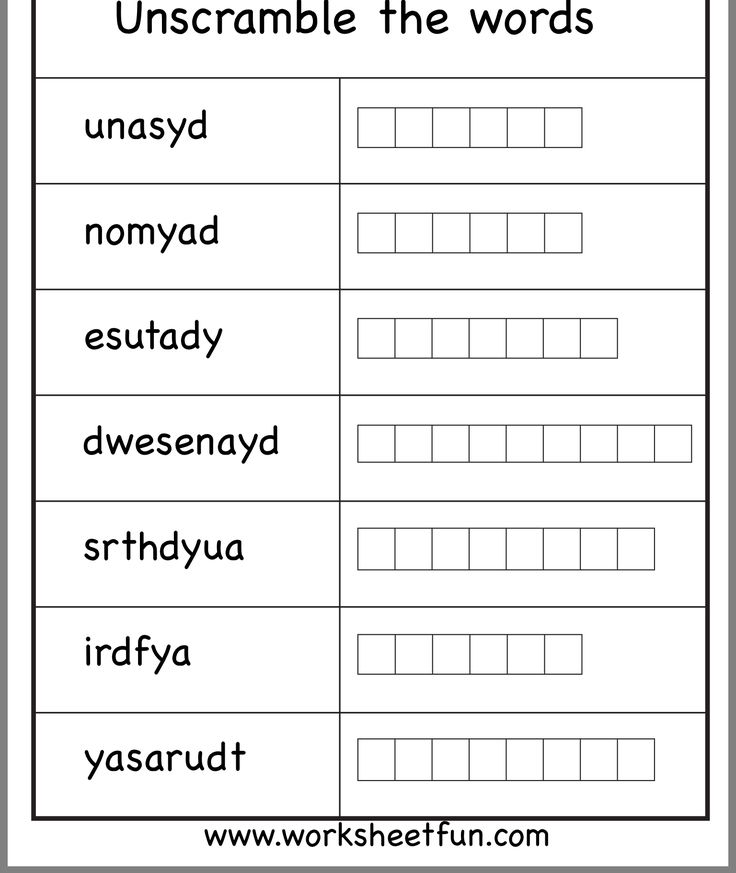 If you are concerned about your baby’s crying, talk to a health professional.
If you are concerned about your baby’s crying, talk to a health professional.
Hearing your baby cry a lot can be very hard to deal with so make sure you get support. Talking with other parents about their experiences is always helpful - why not join your local NCT Early Days group or Bumps and Babies group.
Baby care
At this age, you don’t need to bathe your baby daily (NHS Choices, 2015). Bathing your baby three or four times a week is usually enough, though a bath can be an enjoyable part of a bedtime routine. Bath time can be a great way for partners to get involved. You don’t need to add any products to bath water, plain water is best during your baby’s first month.
Your baby will need a lot of nappies. You have plenty of nappy options from disposable to reusable types, so take time to consider what’s best for you and your baby.
Playtime
As your newborn baby grows, they will take more interest in the world around them. Playing will become increasingly important as this is how babies learn and develop.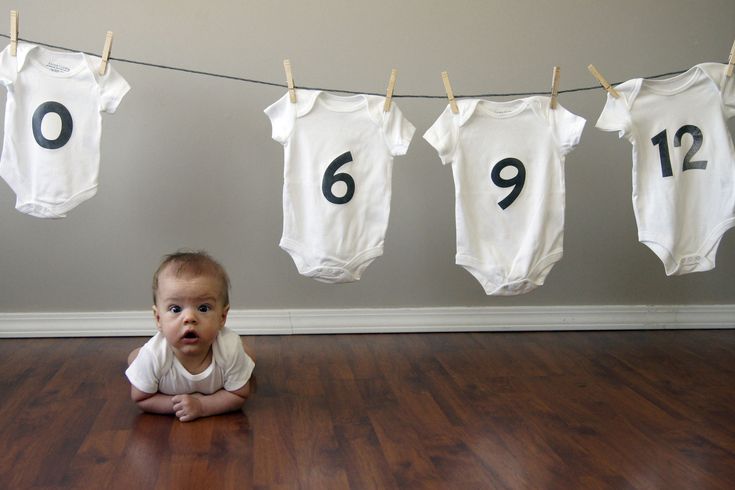
By three months your baby will begin to turn their head, kick their legs, make eye contact and smile. Colourful baby mobiles and bold black and white pictures will usually attract their attention. So will shaking rattles or the sound of voices.
Some babies like to lie on ‘baby gyms’. These are arches with objects like bells or mirrors dangling from them. Your baby will also love to watch your face as you sing, read or talk to them (Murray, 2014).
Safety
As your baby becomes more mobile and you become more confident getting out and about, make sure you are keeping safety in mind.
At this age it’s worth noting these recommendations from the Child Accident Prevention Trust:
-
Don’t leave your baby alone on a bed or other surface they could roll off.
-
Check your car seat regularly for fit, both for your baby and in the car.
-
Always use the appropriate harness in your buggy or pushchair.
Taking care of yourself
The first months after giving birth are exciting, challenging and tiring.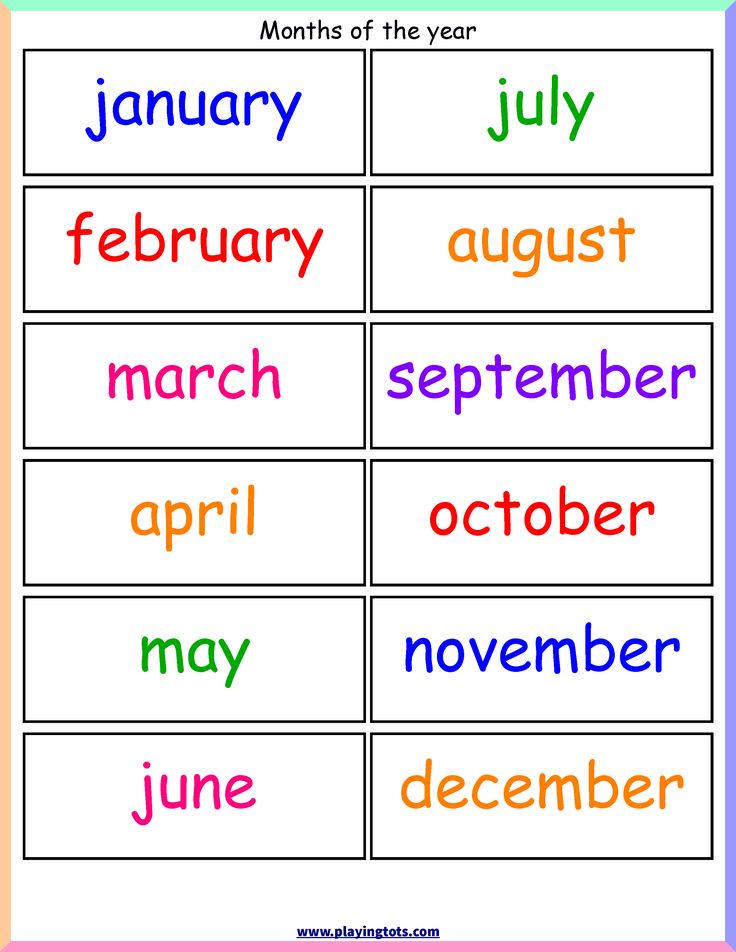 You need to look after yourself as well as your baby. Read our top tips on how to look after yourself after having a baby.
You need to look after yourself as well as your baby. Read our top tips on how to look after yourself after having a baby.
- Sleep when your baby sleeps, even if it means napping in the day. If you can’t sleep, do at least try to rest: put your feet up with a magazine or watch a bit of TV.
- Don’t be afraid to ask for help from friends and relatives.
- Go out for a walk each day with your baby.
- Join an NCT Early Days course or Bumps and Babies group – meeting other mothers can give you something to look forward to and other people to talk to who are at the same stage in life.
- Try to do some exercise, especially pelvic floor exercises.
- Many new mums experience ‘baby blues’ within the first few days after their baby is born. Amid the tiredness, upheaval and physical impact of giving birth, it’s hardly surprising if some mums feel a little down. The ‘baby blues’ include crying unexpectedly and feeling that you can’t cope. Usually this passes but if it doesn’t it could be a sign of postnatal depression (PND).
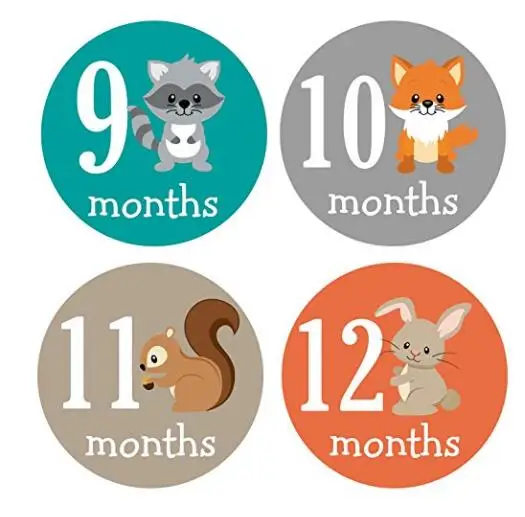 There is plenty of help, advice and support for new parents suffering from PND so don’t be afraid to talk about any concerns you have with your friends, family, GP or local health visitor.
There is plenty of help, advice and support for new parents suffering from PND so don’t be afraid to talk about any concerns you have with your friends, family, GP or local health visitor. - The arrival of a new baby is also bound to have an impact on your relationships with your partner, family and friends. Understanding how your relationships might change will help you to adjust confidently and happily to life with a new baby.
This page was last reviewed in October 2017
Our support line offers practical and emotional support with feeding your baby and general enquiries for parents, members and volunteers: 0300 330 0700.
You might find one of our Early Days groups helpful as they give you the opportunity to explore different approaches to important parenting issues with a qualified group leader and other new parents in your area.
Make friends with other parents-to-be and new parents in your local area for support and friendship by seeing what NCT activities are happening nearby.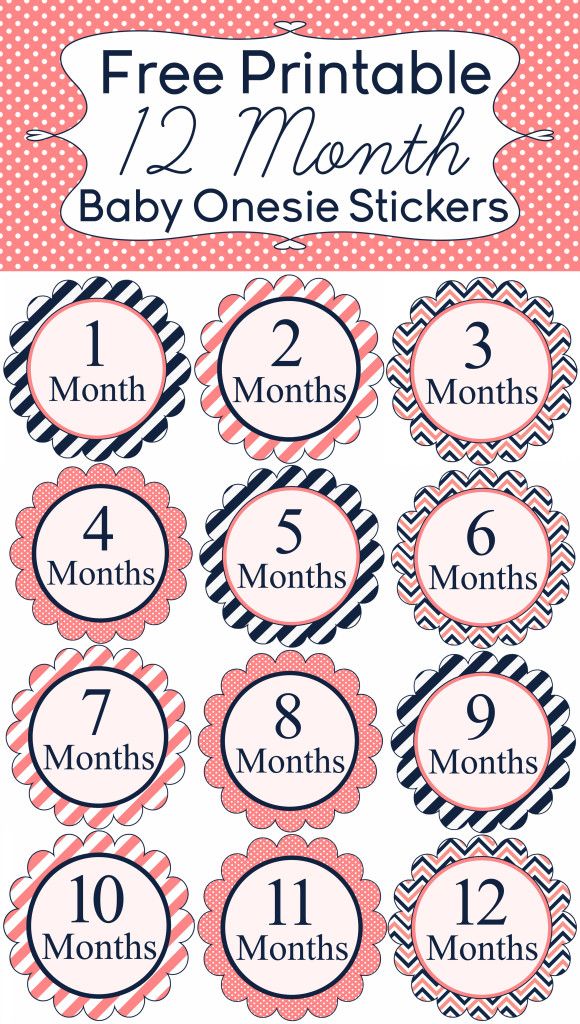
Read our top tips on how to help look after yourself after having a baby.
Information from NHS Choices on postnatal depression and how to eat healthily.
Cry-sis helpline 0800 448 0737. Lines open 7 days a week 9am – 10pm.
References
Murray L. (2014) The psychology of babies. London: Robinson. [Accessed 1st October 2017].
NHS Choices. (2015) Washing and Bathing your baby. Available from: http://www.nhs.uk/Conditions/pregnancy-and-baby/Pages/washing-your-baby.aspx [Accessed 1st October 2017].
NHS Choices. (2016) Vaccinations. Available from: http://www.nhs.uk/Conditions/vaccinations/pages/vaccination-schedule-age-checklist.aspx [Accessed 1st October 2017].
NHS Choices. (2017) Your baby’s weight and height. Available from: http://www.nhs.uk/Conditions/pregnancy-and-baby/Pages/baby-weight-and-height.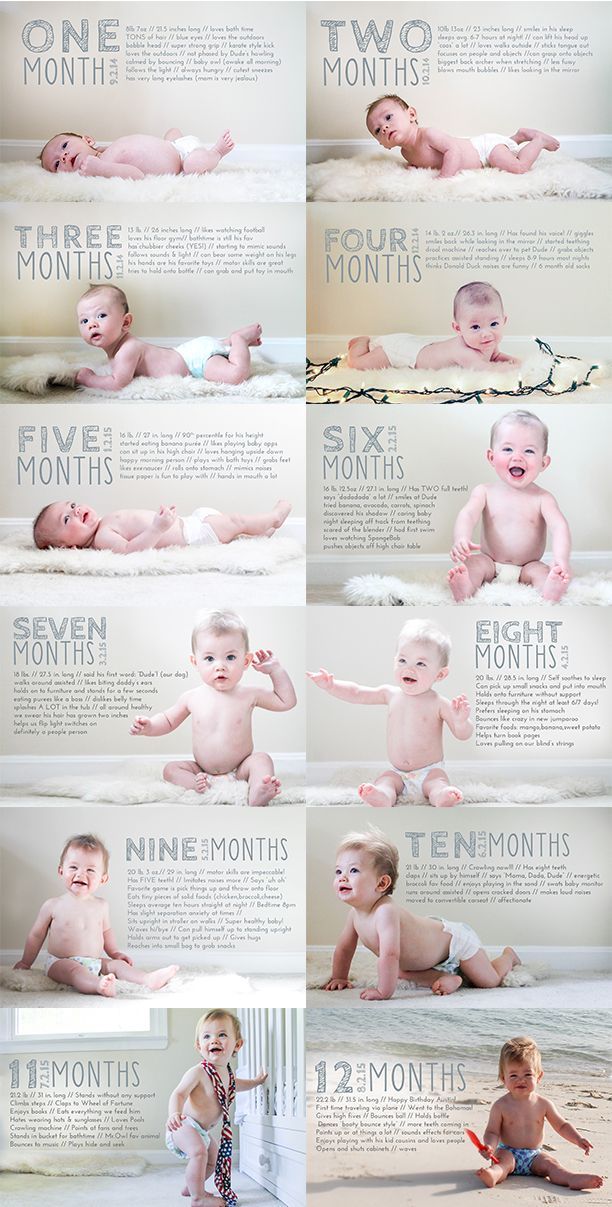 aspx [Accessed 1st October 2017].
aspx [Accessed 1st October 2017].
NHS Choices (2018) Your baby's first solid foods. Available from: https://www.nhs.uk/conditions/pregnancy-and-baby/solid-foods-weaning/ [Accessed 1st October 2017].
St James Roberts I. (2012) The origins, prevention and treatment of infant crying and sleeping problems. London, Routledge. [Accessed 1st October 2017].
Van Sleuwen BE, Engelberts AC, Boere-Boonekamp MM, Kuis W, Schulpen TWJ, L’hoir MP. (2007) Swaddling: a systematic review. Pediatrics 120:1097-1106. Available from: http://pediatrics.aappublications.org/content/120/4/e1097?sso=1&sso_redirect_count=1&nfstatus=401&nftoken=00000000-0000-0000-0000-000000000000&nfstatusdescription=ERROR%3a+No+local+token [Accessed 1st October 2017].
Further reading
NHS. (2015) What to expect after vaccinations. Available from: https://www.gov.uk/government/uploads/system/uploads/attachment_data/file/448789/8584-what-to-expect-after-vaccination-2015-2P-A5-02-web.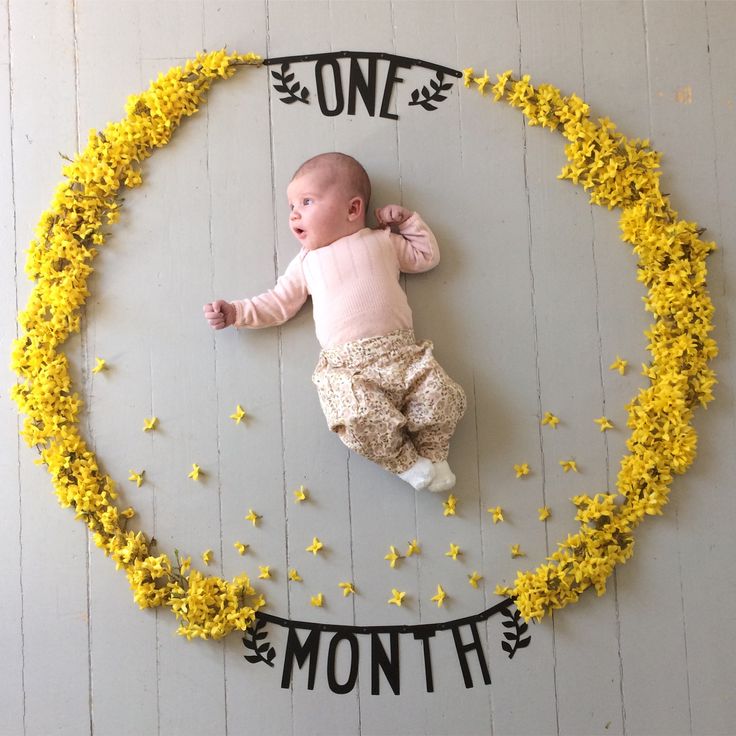 pdf [Accessed 1st October 2017].
pdf [Accessed 1st October 2017].
Information you can trust from NCT
When it comes to content, our aim is simple: every parent should have access to information they can trust.
All of our articles have been thoroughly researched and are based on the latest evidence from reputable and robust sources. We create our articles with NCT antenatal teachers, postnatal leaders and breastfeeding counsellors, as well as academics and representatives from relevant organisations and charities.
Read more about our editorial review process.
Child development in the first 3 months of life | Good to know
Well, here you are at home! Finally, the long wait for the baby, childbirth and stay in the maternity hospital has come to an end, and you can fully enjoy the knowledge of your little happiness. What to do next?
1 month
In the first month of life, after approval by the pediatrician, it is necessary to lay the baby on his tummy so that he can not only look at the world from a new angle, but also learn to hold his head, and to stimulate the muscles, you should gently stroke his neck.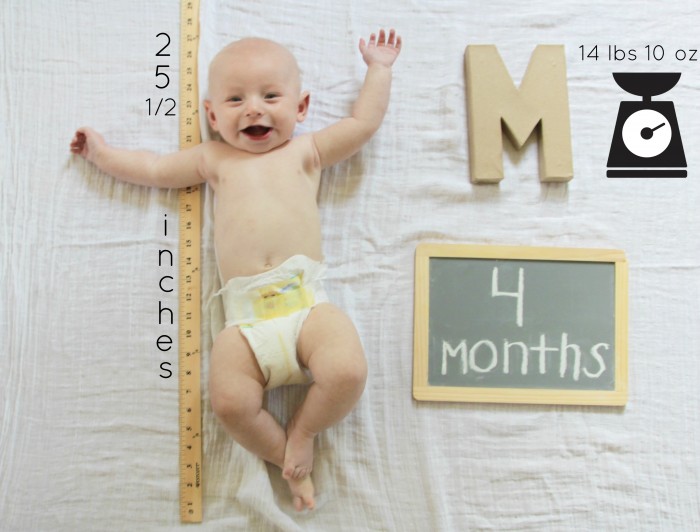
The baby learns to recognize intonations and shows interest in the facial expressions of his beloved mother and so far clumsily builds the first grimaces: sticks out his tongue, raises his eyebrows and moves his lips.
Toddler learns to control legs and arms. Vision and hearing are actively developing, and by his crying you can recognize whether it is hunger, fatigue or discomfort.
Newborns sleep most of the day, and this is not surprising, because this is the time of the most active growth.
By the way, from the 1st month the baby can be transplanted into a rocking chair. Therefore, we recommend renting an electronic swing from us. )
2 month
By the second month, the baby noticeably grows and grows stronger, knows how, albeit not for long, to hold his head. He likes to actively move his arms and legs, gradually getting to know himself.
From now on, from a safety point of view, you should not leave your baby unattended.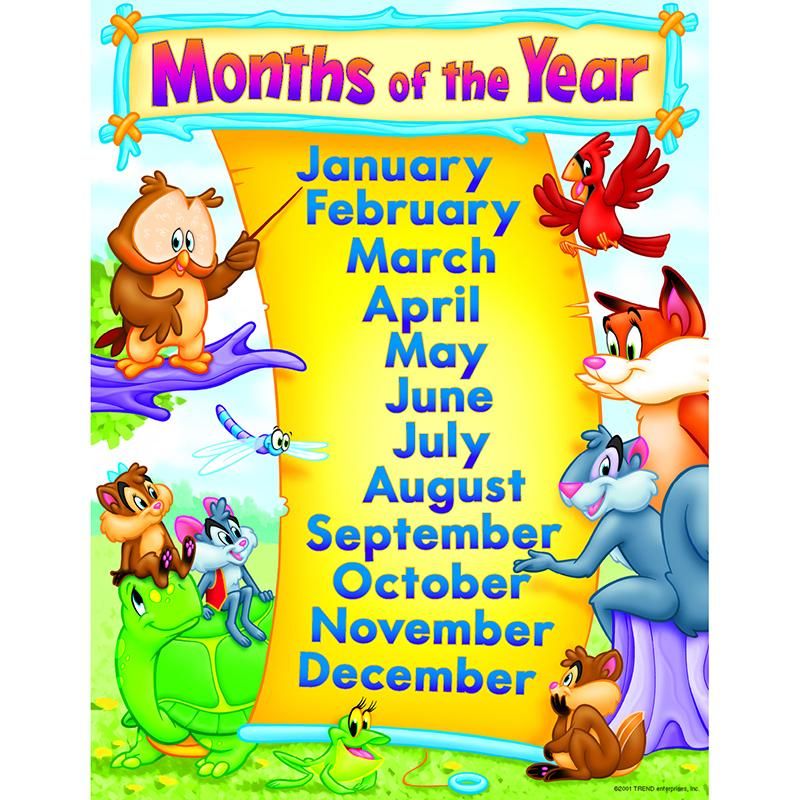
As they grow and learn about the world, innate reflexes fade into the background, and the baby, albeit very gradually, tries to master the possession of his fingers, which is very important even at the very early stage. Give your baby a massage of the palms and fingers, put toys in the hands, laying the foundation for the development of fine motor skills.
Due to the increased period of wakefulness, the baby's attention can be easily attracted to rattles, which he can follow.
3 month
By the third month, the baby will please you with a walk - the first sounds that he can utter, having won the hearts of all his household.
He begins to distinguish between the voices of mom and dad, reacting differently to them.
Pamper the treasure with affectionate words, but do not forget to call him by his name, because very soon, when addressing him, his gaze will consciously be fixed on you.
Give your baby affection, stroke his legs, arms, back, head - your touch is very important to him.
Try to play with your baby by gently tickling him.
And at this age, children already start to associate sounds a little. For example, if you use white noise for bedding from birth, it will not disturb the baby’s sleep in the future, but on the contrary, it will recreate a cozy attitude for sleep.
By the age of 3 months, it is time for the first games, which will make the contact between the child and parents even stronger, as well as help him develop faster.
Motor development of the child during the first three months
In the first three months, the child begins to purposefully use his own body. Therefore, this time is called the beginning of motor differentiation . During the first three months, motor algorithms are formed that form the basis for further motor development.
The most important elements of this development:
- Primitive reflexes of the first weeks of life gradually fade from 4 to 6 weeks.
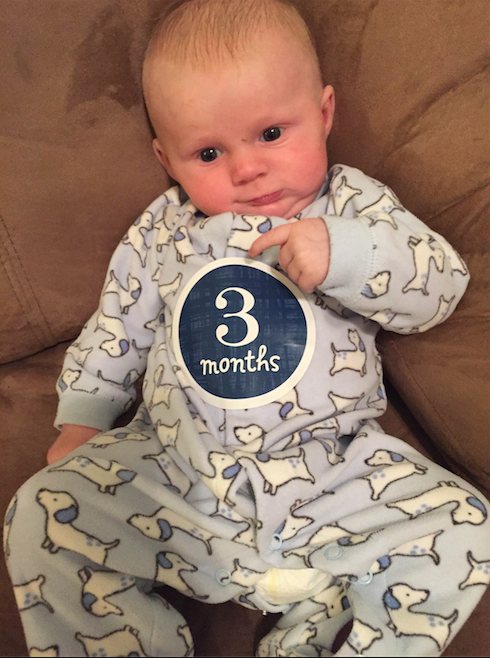
- The eyes are fixed and follow the subject.
- Bed from an unreliable platform for supporting the back becomes a reliable support, which allows the child to stay confidently in the supine position.
- The head, arms and legs can move without involving the entire body.
- The eyes can move from the center in both directions without turning the head.
- In the “lying on the back” position, the hands reach the middle of the body and the mouth, this is called “hand-hand-mouth” coordination.
- In the “supine” position, the child can grab his legs with his hands and lift them bent at the hips and knees.
- In the prone position, the child can lift the shoulder girdle using the forearms and elbows.
During the first 4-6 weeks the child is dominated by primitive reflexes . Among other things, they show the maturity of the child and gradually disappear when the child finds other different opportunities to learn new things about his body. The newborn responds spontaneously to stimuli coming from outside with changeable and uncertain movements (mass movements) . Such reactions are possible, for example, with strong noise or a strong light stimulus. Similarly, the child reacts to internal stimuli, for example, when hungry.
The newborn responds spontaneously to stimuli coming from outside with changeable and uncertain movements (mass movements) . Such reactions are possible, for example, with strong noise or a strong light stimulus. Similarly, the child reacts to internal stimuli, for example, when hungry.
With so many erratic movements, the surface area on which the child lies is constantly changing. The body follows the rotation of the head and an asymmetrical lying position occurs. Arms, legs and head can only move with the body until they can move independently of the body. Despite the still insufficiently reliable posture of the torso, 50-75% of children aged 4-6 weeks can fix their gaze on an object that is held in front of them for a short time already in the supine position.
Consultation
Development from the prone position
Prone position is initially dominated by a strong pelvic tilt, with flexed hips and knees. The child lies on its side with support on the cheek, sternum, forearm, and on the wrist next to the forearm. In this case, the brushes are slightly clenched into a fist and directed outward. The arms are close to the body, and the elbows remain behind the shoulder line. Due to the strong tilt of the pelvis, the only support for the legs is the knees
In this case, the brushes are slightly clenched into a fist and directed outward. The arms are close to the body, and the elbows remain behind the shoulder line. Due to the strong tilt of the pelvis, the only support for the legs is the knees
As early as the eighth week, the child watches for optical stimuli and lifts his head from the bed for a short time to see more. At the same time, he rests on the forearms near the wrists. The hands are slightly clenched into fists and directed outward. The elbows are still held behind the shoulder joints. The strongly bent position of the pelvis is no longer so pronounced, the weight of the body has moved from the sternum to the upper abdomen. A support triangle arises from the upper abdomen on the launch area and forearms. This short straightening of the torso means that for the first time the child is trying to resist the force of gravity.
| With age, the child is increasingly guided by the eyes. |
At the end of the third month, the child can already raise the shoulder girdle with support on the arms, while the elbows are under the shoulders, and are also used as a support. The child can hold the hands in such a way that they form an extension of the axes of the forearm. The palms of the hands are straightened, the child can connect them in the center of the bed. The tilt of the pelvis becomes much less, and the child is able to freely stretch his legs, clinging to the bed with the pubic bone (pubic articulation, symphysis)
| At the age of 3 months, the child usually manages to shift the body weight further towards the pelvis. Both elbows and the pubic bone form a supporting triangle. The child can hold his head outside the surface formed by these three reference points. |
Development from supine position
| At the age of 6-7 weeks, the child can consciously and for a long time fix his gaze on some object, for example, a toy, in the "lying on his back" position. This fixation of the eyes is one of the manifestations of the motor algorithm, in which the whole body is involved. At the same time, the child resembles a swordsman, so this algorithm is called “ Fencer’s Pose” |
At the same time, the arm on the side of gaze fixation is relaxed and extended, slightly turned outward at the shoulder joint, the hand is slightly clenched into a fist. The leg on this side is straightened, relaxed in the foot. From the side, opposite to the view, the arm is relaxed, bent at an angle, the hand is slightly clenched into a fist, the leg lies on the bed bent at the hip joint, the leg is turned outward.
| At the age of eight weeks, the child in the supine position discovers his hands. The posture provided by straightening the cervical spine and upper body is so stable that the child can keep the head centered. The child brings his hands close to the body, and feels himself with both hands. Such a reduction of hands is called “ hand-hand contact” or “ hand-hand coordination”. Quite by chance, the hands fall into the field of view of the child. He begins to watch his hands and put them in his mouth. Grasping begins with the perception of one's own hands, with their palpation, examination and taste. |
| Coordination between hands, mouth and eyes is an important prerequisite for the subsequent purposeful work of the hands, because, as a rule, purposeful grasping is accompanied by observation with the eyes. This motor algorithm is called “ eye-hand-mouth coordination ”. |
At the end of the first trimester, in the supine position, the newborn uses the bed not just as a surface on which he lies, but as a full support-bearing surface that allows the child to fix his gaze on the object and grasp with his hands. From this secure position on the back, the child is able to fix an interesting object with his eyes for a longer time and follow the movements of the object
| At the age of three months, the child can usually turn his eyes from the center of the body to the right and left by about 30 °, regardless of the position of the head or body. The child sees most of the entire field of view precisely thanks to these eye movements. |
At the end of the third month, the bearing surface increases and extends from the shoulder blades to the pelvis. Only this stable support surface allows the child to bend the lower part of the body and move the weight of the body towards the head. Taking into account how the child moves his arms, legs and head, the contact of the back with the bed changes within the support surface, the pressure intensity changes. Since the body does not deviate to the side, but remains straight, the spinal column constantly requires fine adjustment in the straightened position and during rotation of the body.
Only this stable support surface allows the child to bend the lower part of the body and move the weight of the body towards the head. Taking into account how the child moves his arms, legs and head, the contact of the back with the bed changes within the support surface, the pressure intensity changes. Since the body does not deviate to the side, but remains straight, the spinal column constantly requires fine adjustment in the straightened position and during rotation of the body.
This function forms the basis for further postural skills, when in the process of further straightening of the body to higher positions, the body will no longer rest on the bed, but only on the limbs.
Approximately at the end of the third month, the child can, in the “on the back” position, grab with both hands a toy located in the center of the body and put it into the mouth (The mouth opens already in the process of grasping with hands. The child examines the object and feels it simultaneously with both hands, and also puts the grasped object into the mouth. The child can now freely rotate the forearms (pronation / supination) and hands, which serve as an extension of the axis of the forearm.This allows him to turn the grasped object, turn it over, examine it from all sides, and then put the object in his mouth , different (by all sides), in order to comprehensively taste it. The child's hands have already mastered such a variety of muscle functions that the child can extend the pastern far and protrude the thumb. So, for example, the child can cover the ball with the entire inner surface of the palm, and fingers with thumb to feel the surface texture of the ball with the palm of your hand.0003
The child can now freely rotate the forearms (pronation / supination) and hands, which serve as an extension of the axis of the forearm.This allows him to turn the grasped object, turn it over, examine it from all sides, and then put the object in his mouth , different (by all sides), in order to comprehensively taste it. The child's hands have already mastered such a variety of muscle functions that the child can extend the pastern far and protrude the thumb. So, for example, the child can cover the ball with the entire inner surface of the palm, and fingers with thumb to feel the surface texture of the ball with the palm of your hand.0003
| In the first half of the second trimester, the child begins to carry out purposeful grasping movements with his hands. |
Grasping with the hands is accompanied by a specific body posture ; the entire body of the child is involved in this grasping process (global motor algorithm) The shoulder girdle rests on the bed, this allows you to move your arms and hands to the desired toy.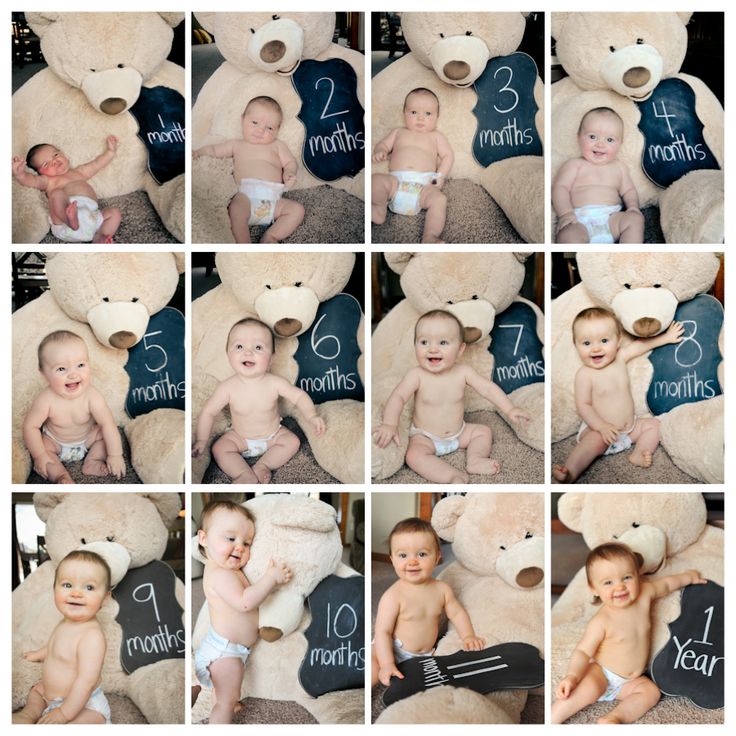 The pelvis also rests on the bed, which allows you to bend the legs at the hip joints, slightly spreading and spreading them apart, and also to raise the legs. Simultaneously with the grip, foot grip , with the soles of the feet facing each other.
The pelvis also rests on the bed, which allows you to bend the legs at the hip joints, slightly spreading and spreading them apart, and also to raise the legs. Simultaneously with the grip, foot grip , with the soles of the feet facing each other.
| The child can stop the movement of the legs when the average position of the joints of the hips, knees and feet is about 90 °. This middle position of the joints places high demands on the posture of the body, especially the muscles of the abdomen and the deep muscles of the neck. |
With the posture adjustment described , the child can safely rest his back on the bed. He actively kicks his legs without lowering himself to the sacrum, and he manages to balance with the restoration of balance, when the child moves his arms, legs and head, driven by his own curiosity. It is extremely rare for a child to roll over on its side.
The child is able to express his likes and dislikes with body language and facial expression.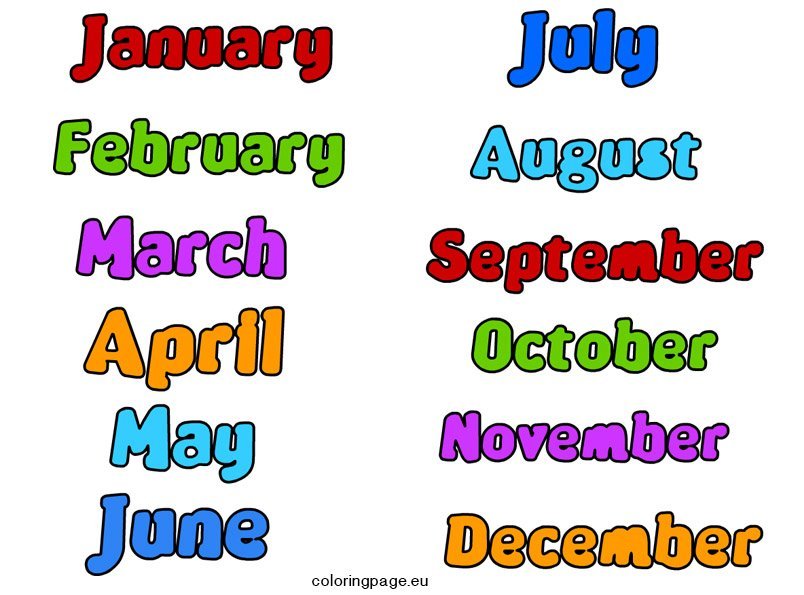 For example, when he rejoices, he stretches his arms and legs towards his parents. In antipathy, the arms and legs are drawn back to the bed, as if the child wants to recoil. The face reflects disbelief, sometimes exacerbated by crying. But these manifestations cannot be put on a par with the condition, which is noted only in the eighth month of life, when the child "goes wild" of strangers, in contrast to those he knows. For example, when he rejoices, he stretches his arms and legs towards his parents. In antipathy, the arms and legs are drawn back to the bed, as if the child wants to recoil. The face reflects disbelief, sometimes exacerbated by crying. But these manifestations cannot be put on a par with the condition, which is noted only in the eighth month of life, when the child "goes wild" of strangers, in contrast to those he knows. |
Speech development
The development of a child's speech depends on the degree of development of the rest of the motor skills, on maturity, neuronal structures, on their ability to coordinate and on efficient oral motor skills . When a baby is healthy, he can coordinate his mouth to suck on his mother's breast and swallow his mother's milk. Reflex reactions such as the search reflex for the mother's breast (search reflex of Kussmaul and Genzmer) and the Babkin reflex show the maturity of the child for eating. These reflexes become the basis for the development of speech. By the time of maturity for the development of speech, the child's mouth can work both as a tactile organ and as a food intake organ. As a rule, the preparation of speech instruments occurs in the process of sucking the mother's breast. Within a few hours after birth, the newborn is already able to purposefully turn his head to the mother and begin to search for the nipple. Then he covers most of the areola with his lips. He sucks milk to the milk holes of the areola, then squeezes the milk with his tongue into his palate, then delivers the milk sucked out in this way into his mouth chewing movements jaw ridges. From all these efforts, the child gets tired. Only then comes the feeling of fullness. In contrast to this process of natural breastfeeding, bottle feeding requires (generally) less effort and does not tire the baby, as he often only needs a light suction. In this case, he does not need such finely coordinated oral motor skills.
These reflexes become the basis for the development of speech. By the time of maturity for the development of speech, the child's mouth can work both as a tactile organ and as a food intake organ. As a rule, the preparation of speech instruments occurs in the process of sucking the mother's breast. Within a few hours after birth, the newborn is already able to purposefully turn his head to the mother and begin to search for the nipple. Then he covers most of the areola with his lips. He sucks milk to the milk holes of the areola, then squeezes the milk with his tongue into his palate, then delivers the milk sucked out in this way into his mouth chewing movements jaw ridges. From all these efforts, the child gets tired. Only then comes the feeling of fullness. In contrast to this process of natural breastfeeding, bottle feeding requires (generally) less effort and does not tire the baby, as he often only needs a light suction. In this case, he does not need such finely coordinated oral motor skills.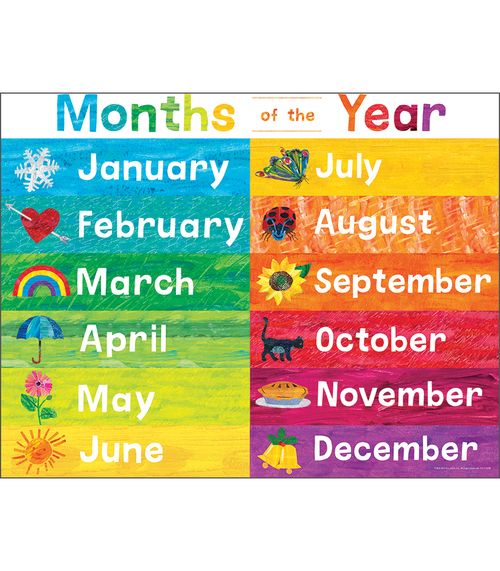 At the time of birth, the baby emits only 90,047 undifferentiated sounds of crying. At the end of the third month of life, the movement of the child's veil of palate is improved, which involves the movement of the back third of the tongue, which makes articulation of a wider variety of sounds possible:
At the time of birth, the baby emits only 90,047 undifferentiated sounds of crying. At the end of the third month of life, the movement of the child's veil of palate is improved, which involves the movement of the back third of the tongue, which makes articulation of a wider variety of sounds possible:
- In the first month after birth, the child can already articulate vowels, for example, , ha, heh, heh.
- From the second to the third month, the baby may also make throat sounds, such as chains of "rrrr" sounds. In combination with vowels, this makes the child’s articulation something similar to speech: the child “tells” something and responds with these sounds both to speech addressed to him and to just any speech. This is how a non-verbal dialogue arises when the child for response uses the available sounds.0054
| By the end of the first trimester, his own initiative is becoming clearer. When a child has an idea, an idea, what he would like, he brings his idea to life using accessible motor skills. |
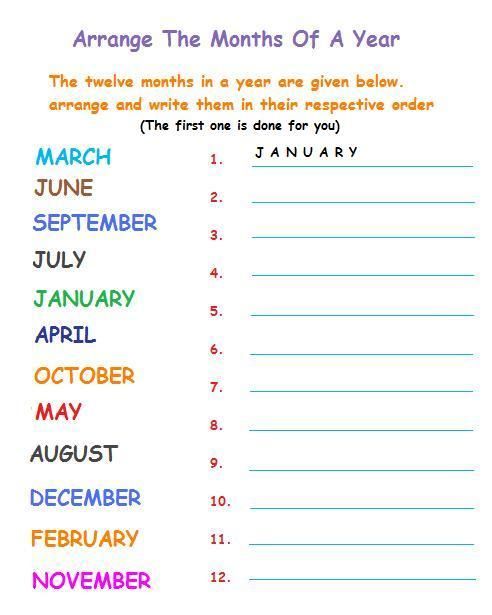 This optical orientation requires further straightening of the arms. Arms and hands serve for support and grasping. All this allows the child to realize their ideas and ideas, as well as to satisfy their curiosity.
This optical orientation requires further straightening of the arms. Arms and hands serve for support and grasping. All this allows the child to realize their ideas and ideas, as well as to satisfy their curiosity. 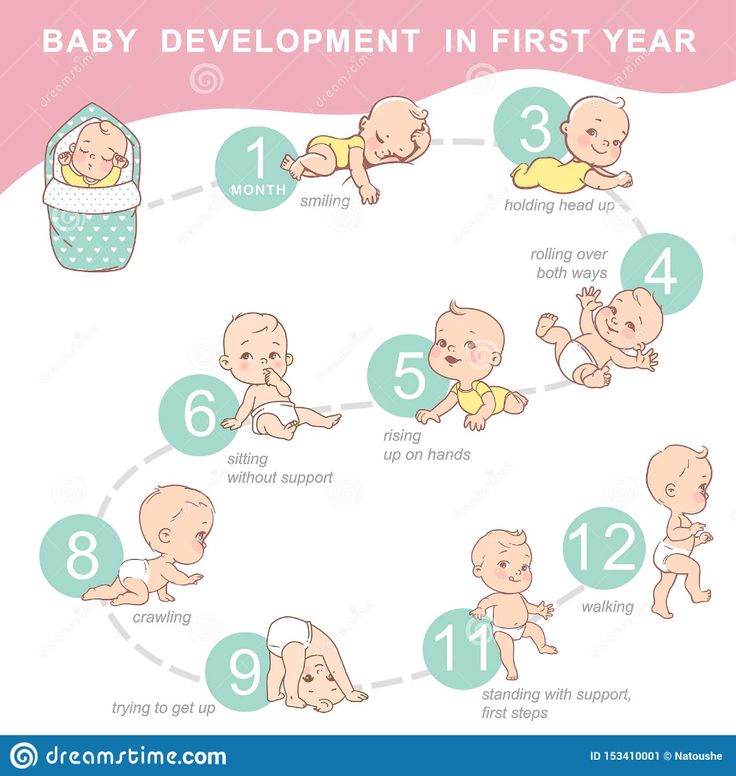 The muscles of the abdomen and chest hold the child against gravity. In Voight's principle, this motor algorithm is called " symmetrical support on the elbows "
The muscles of the abdomen and chest hold the child against gravity. In Voight's principle, this motor algorithm is called " symmetrical support on the elbows " 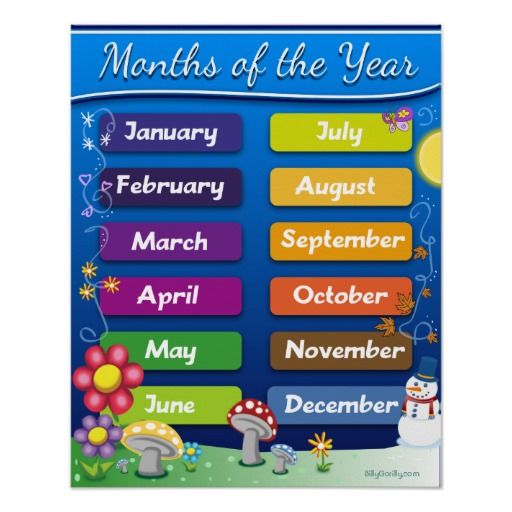 When bringing the hands together in front of the chest, the child slightly raises the legs. This shows that the whole body is involved in the implementation of this motor algorithm.
When bringing the hands together in front of the chest, the child slightly raises the legs. This shows that the whole body is involved in the implementation of this motor algorithm. 


